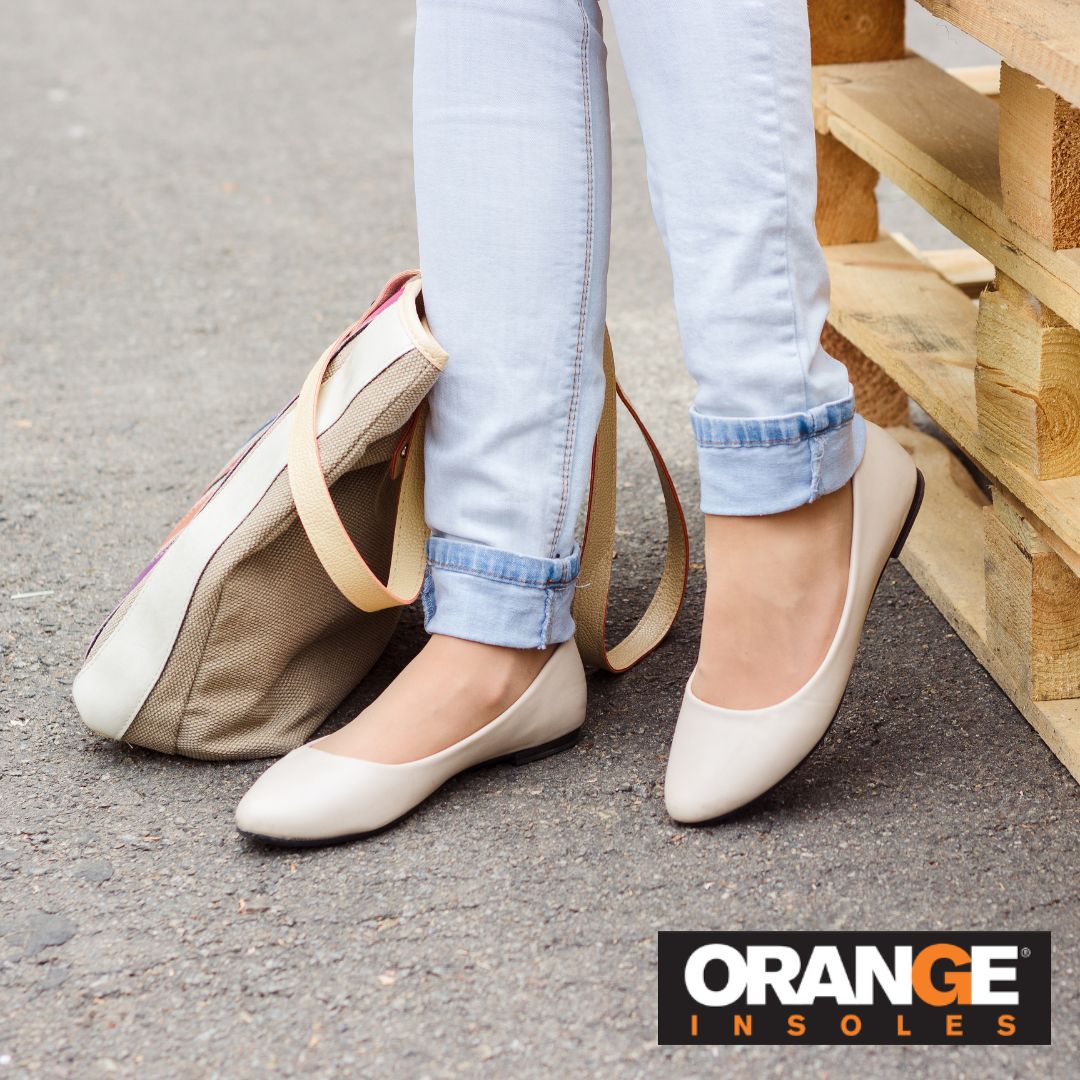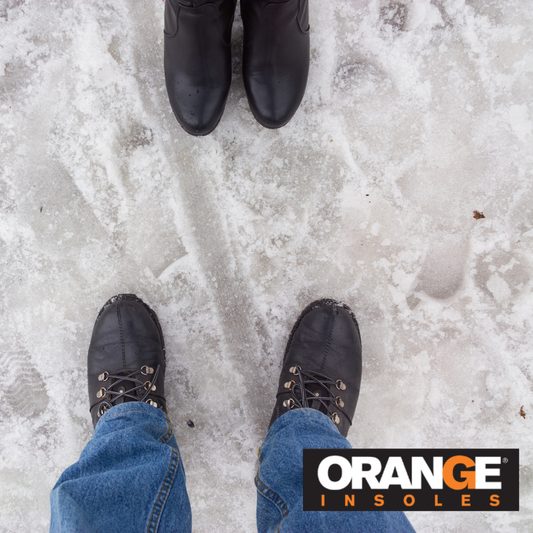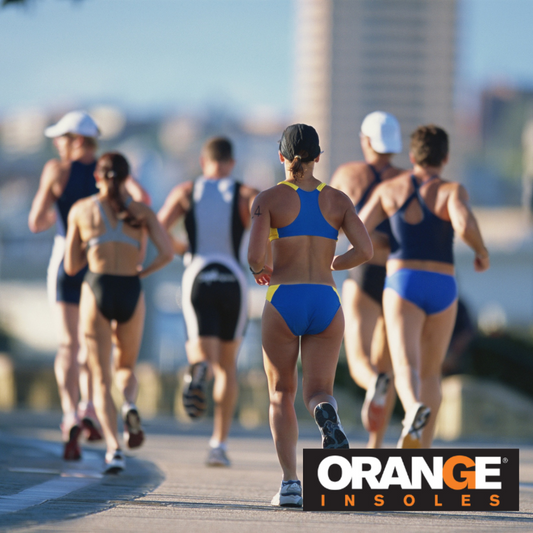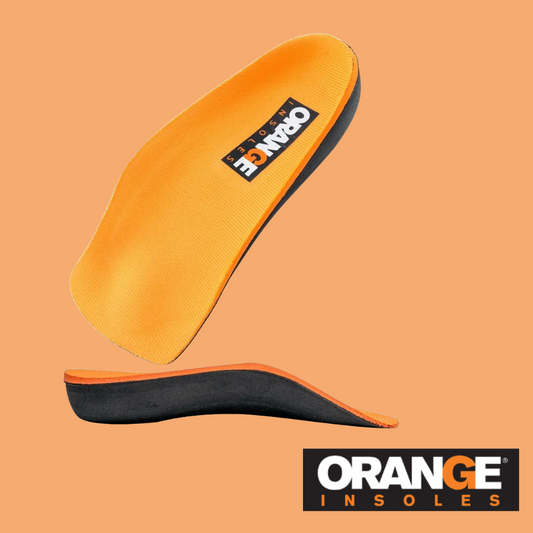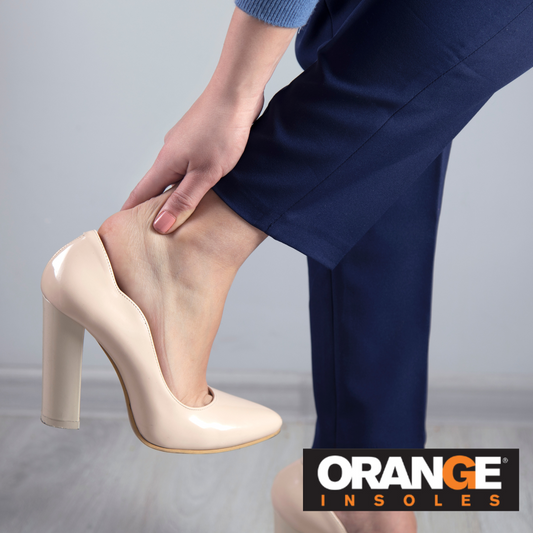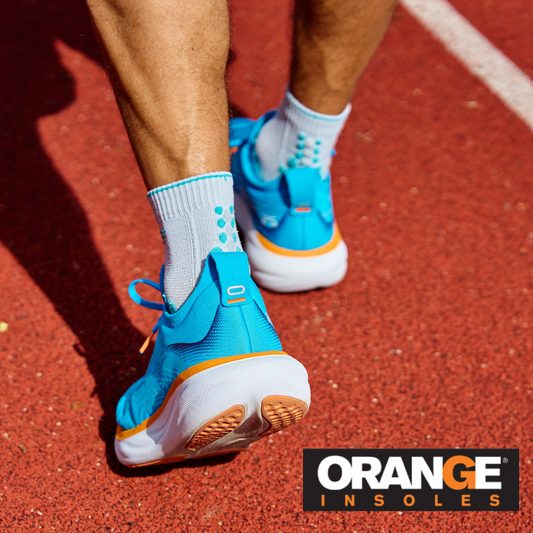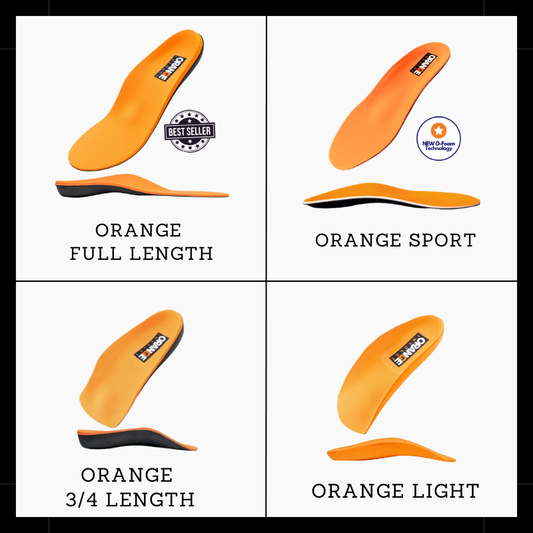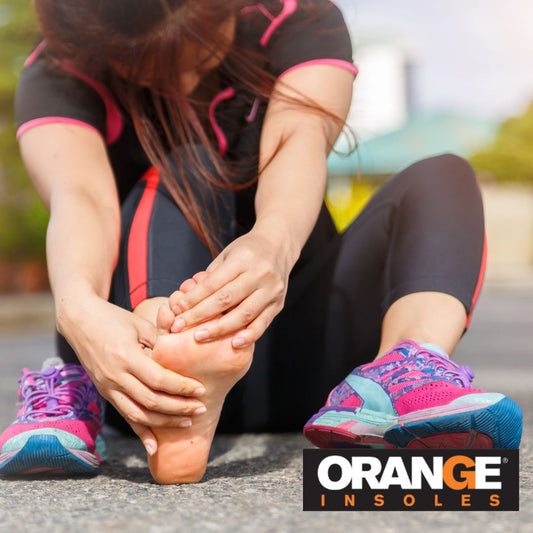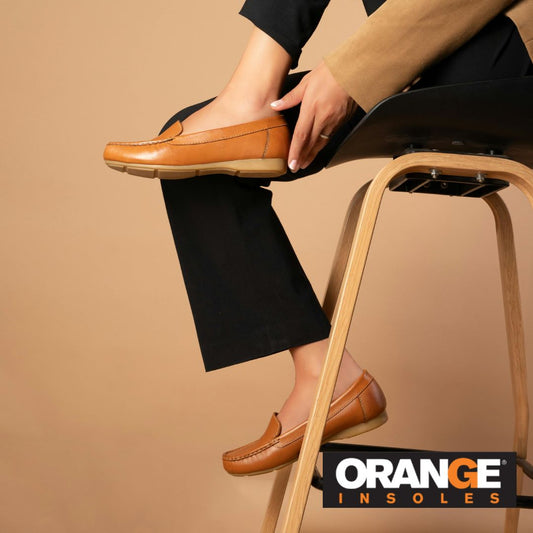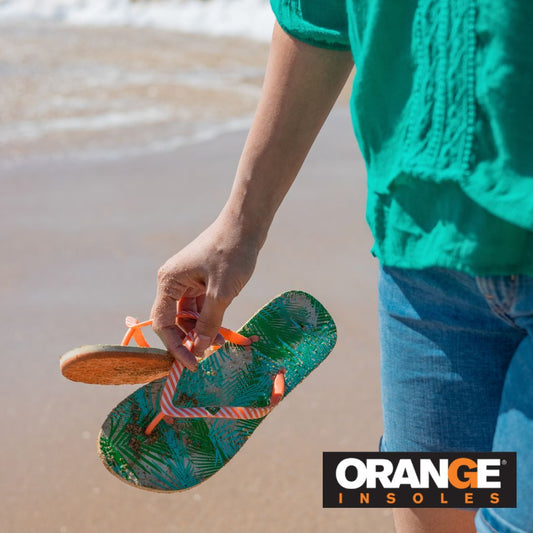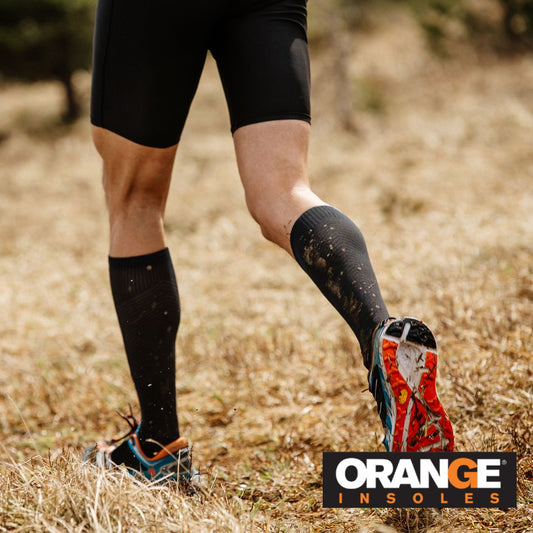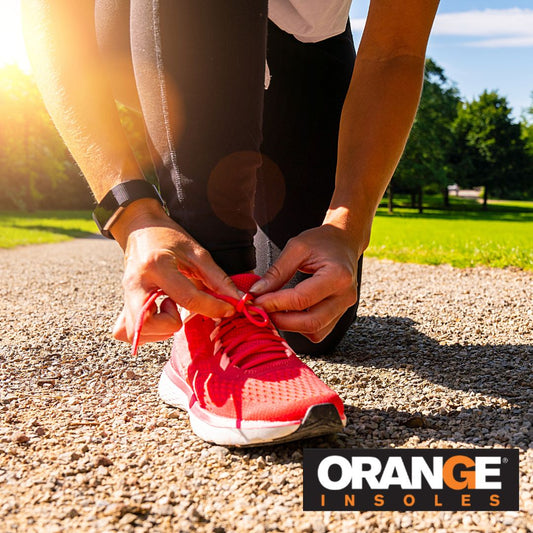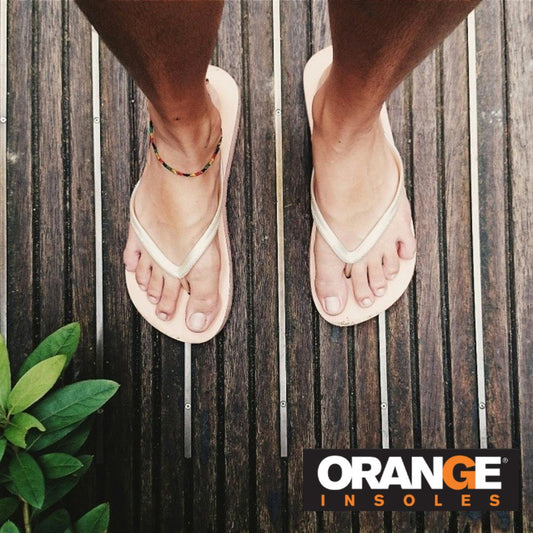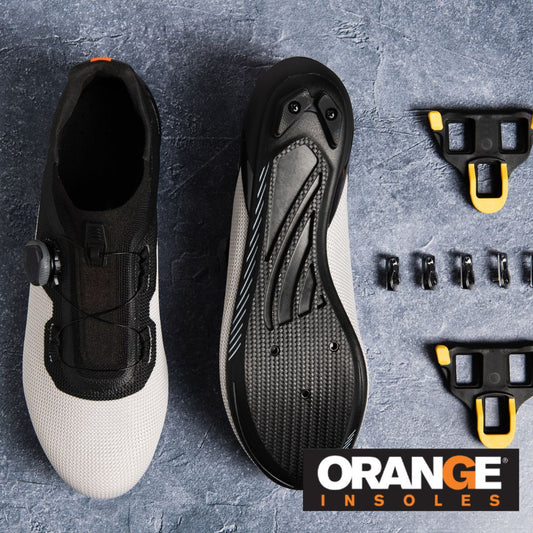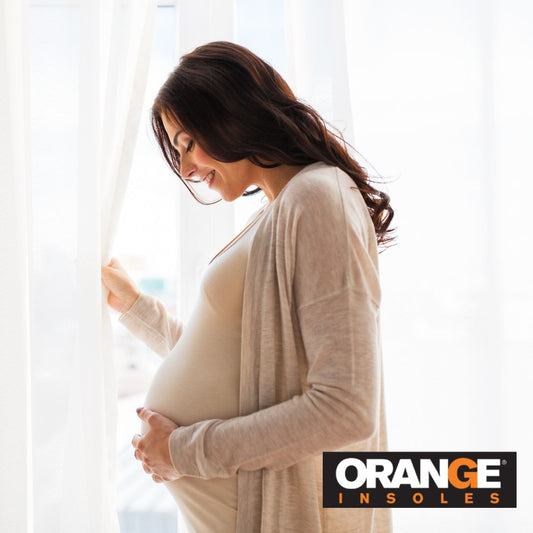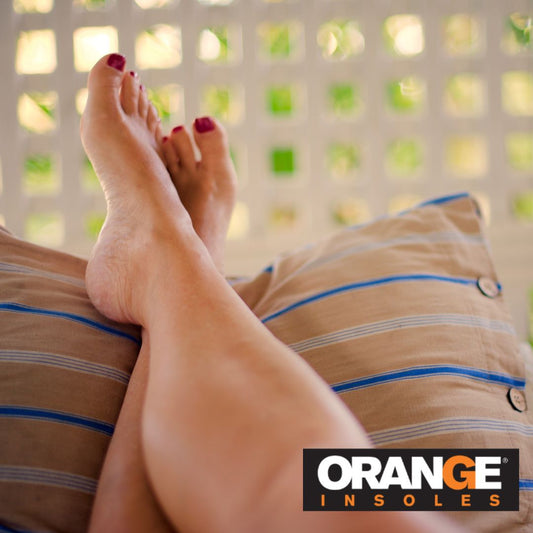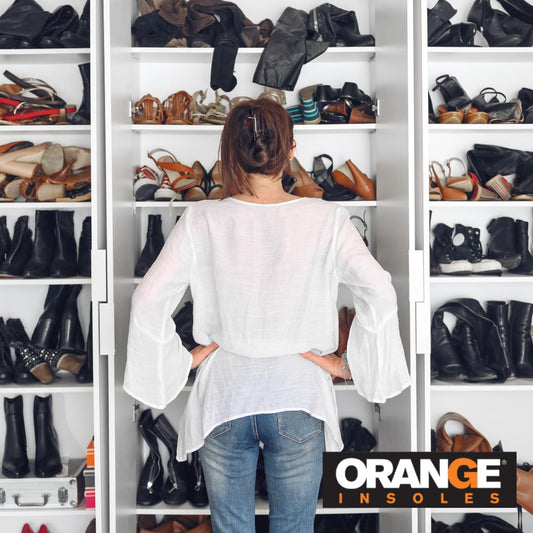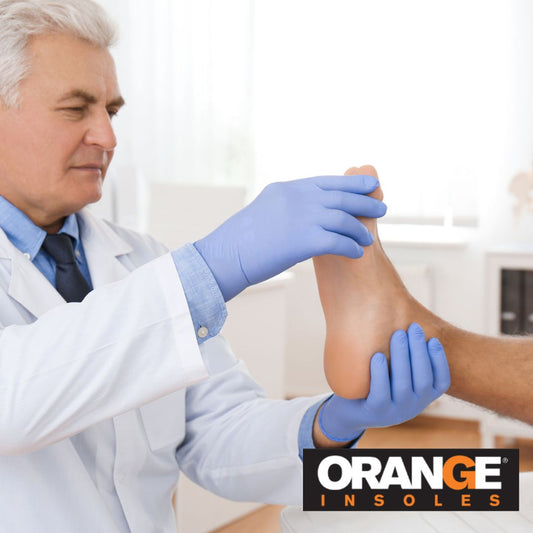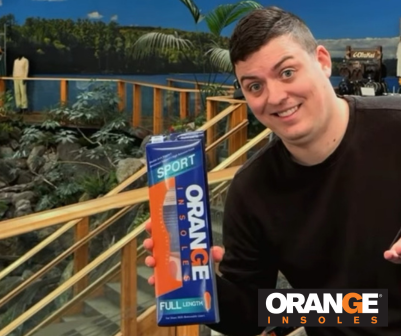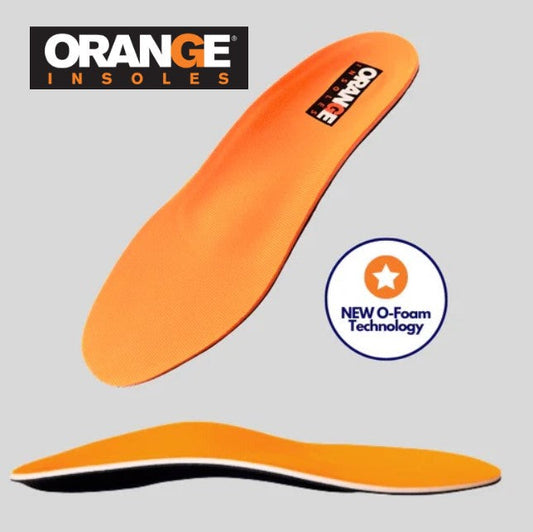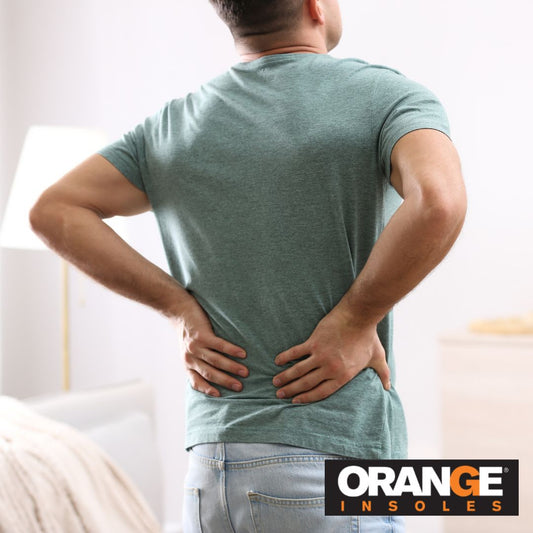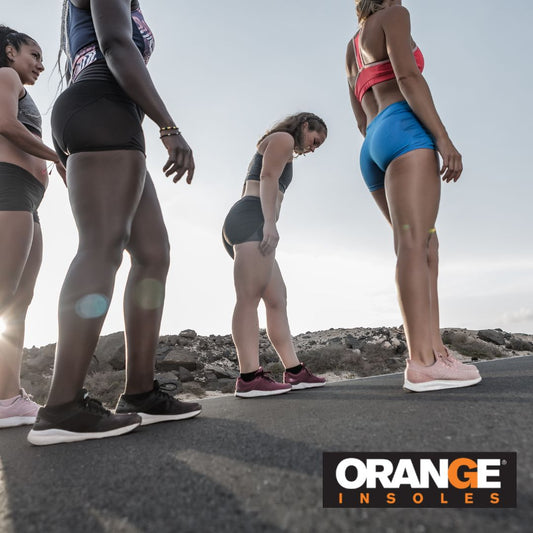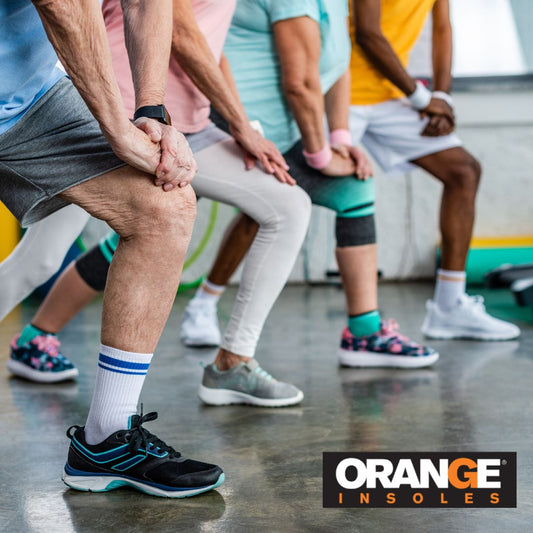There’s no denying that flat shoes are convenient, easy-to-wear, and for some people- comfortable. Flats also have a certain versatility when it comes to matching with different styles. Compared to high-heels they certainly seem like the healthier choice. But are flats really the healthiest options when it comes to footwear?
Understanding the Flat Shoe Situation
Flat shoes, ranging from ballet flats to some types of sneakers, are lauded for their comfort and style. However, the lack of proper support in many of these shoes can lead to a surprising array of foot issues. The absence of arch support, cushioning, and shock absorption means your feet are taking the brunt of every step, potentially leading to conditions such as plantar fasciitis, tendonitis, and metatarsalgia.
Read more: What hurts? Foot Conditions you may be experiencing.
The Hidden Costs of Wearing Flats
Even if they seem comfortable to wear in the short term, the problems you will experience are a result of chronic or habitual use of flat shoes. While flats are more affordable compared to specialized shoes for walking or running, if you don’t pay cash, you may end up paying the price in other aspects.
- Lack of Arch Support: Our feet naturally have arches that play a critical role in how we move, absorbing the shock with each step we take. Flat shoes often lack the necessary arch support, leading to overpronation (excessive inward foot rolling) and subsequent foot pain.
- Insufficient Cushioning: Walking in flat shoes on hard surfaces can increase the pressure on your heel and forefoot. Without adequate cushioning, this pressure can cause heel pain, stress fractures, and exacerbate conditions like plantar fasciitis.
- The Strain on Your Achilles Tendon: Habitually wearing flat shoes can shorten and tighten your Achilles tendon, making it more prone to injury. This is especially true for individuals who suddenly switch from heels to flats without giving their tendons time to adjust.
The Long-Term Impact of Wearing Flat Shoes
When flat shoes become a daily choice, their impact extends beyond immediate discomfort, leading to a range of long-term foot health issues. Consistently wearing flat shoes without adequate support can result in chronic conditions that may affect mobility and quality of life.
-
Progressive Foot Deformities: Over time, the lack of arch support in flat shoes can lead to the development of foot deformities such as bunions and hammertoes. These deformities occur because the foot is forced to adapt to an unnatural alignment due to insufficient support.
-
Chronic Pain and Discomfort: Prolonged periods of wearing flat shoes can exacerbate foot pain and lead to chronic conditions. Plantar fasciitis, a common result of inadequate foot support, can become a persistent issue, causing sharp pain in the heel or arch of the foot, especially noticeable with the first steps after waking up.
-
Altered Gait and Posture: The absence of proper cushioning and support in flat shoes can alter the way you walk, affecting your gait and posture. This can lead to a chain reaction of alignment issues, affecting not just your feet but also your knees, hips, and lower back. Over time, these changes can contribute to joint pain and musculoskeletal disorders.
-
Reduced Shock Absorption: Flat shoes typically offer minimal shock absorption, putting increased pressure on the feet and lower extremities with every step. This lack of cushioning forces the body to absorb the full impact of movement, which can strain the muscles and joints, leading to fatigue and increased risk of injury.
- Compromised Circulation: Tight or poorly designed flat shoes can also restrict blood flow to the feet, leading to circulation problems. Symptoms such as swelling, numbness, and tingling in the feet can arise from continuous wear of restrictive footwear, highlighting the need for well-fitting shoes that accommodate natural foot expansion throughout the day.
Read more: Insoles and Circulation
Not All Flats Are Created Equal
It's important to note that not all flat shoes are bad for your feet. The key lies in choosing flats that offer good arch support, ample cushioning, and a bit of heel elevation to reduce strain on the Achilles tendon. Some brands have begun to incorporate these features into their designs, recognizing the need for healthier footwear options.
Flat Shoes vs. Barefoot Shoes: Understanding the Difference
While flat shoes and barefoot (or minimalist) shoes might seem similar due to their low heel-to-toe drop, they serve different purposes and offer distinct benefits and challenges:
|
Aspect |
Barefoot Shoes |
Flat Shoes |
|
Design Philosophy |
Mimic the natural biomechanics of walking or running barefoot. Thin, flexible sole for foot movement and ground sensation. |
May lack the flexibility and essential features for mimicking barefoot walking. |
|
Support and Protection |
Minimalistic but engineered to encourage natural foot alignment and muscle engagement without artificial support. |
Provide minimal support and cushioning, potentially leading to foot strain over time. |
|
Health and Performance |
Claim to promote stronger foot and ankle muscles, improve balance, and encourage a more natural gait. Requires gradual adaptation. |
May not offer health benefits unless properly selected or modified with supportive insoles like Orange Insoles. |
|
Use Case |
Used for running, hiking, or daily wear by those accustomed to minimalist footwear. |
Focused on style and casual comfort. Can be adapted for better support with the right insoles for a wider range of activities. |
Orange Insoles: Your Flat Shoe Fix
We’re not saying that wearing flat shoes should be banned. There is a way to work with your flat shoes by wearing our Orange Light Insoles which provide:
- Arch Support: They help maintain the foot's natural arch, distributing weight evenly and preventing overpronation.
- Cushioning: With their unique design, Orange Insoles absorb impact, reducing the pressure on the heel and forefoot during movement.
- Versatility: Perfect for a wide range of flat shoe styles, they offer an easy solution to make your favorite pairs more foot-friendly.
Incorporating Orange Light Insoles into your flat shoes can transform them from potentially harmful to beneficial for your foot health, enabling you to enjoy the comfort of flats without sacrificing support.
Beyond Footwear: A Holistic Approach to Foot Health
While opting for better-designed flats and enhancing them with Orange Insoles is a step in the right direction, maintaining overall foot health is a holistic endeavor. Regular stretching, strengthening exercises for the feet and calves, and alternating your shoe choices can help mitigate the risks associated with flat footwear. Paying attention to early signs of discomfort and addressing them promptly can prevent long-term issues.
Making an Informed Choice
In the debate over flat shoes and foot health, the takeaway is not to shun flats entirely but to make informed choices. Look for flats with supportive features, consider enhancing them with Orange Insoles for added protection, and listen to your body. With the right precautions, you can enjoy the simplicity and comfort of flat shoes without compromising your foot health.
Footwear is more than just a fashion statement; it's a foundation for our daily activities. By choosing wisely and taking steps to enhance shoe support, we pave the way for healthier feet, enabling us to walk, run, and explore with ease and comfort.




